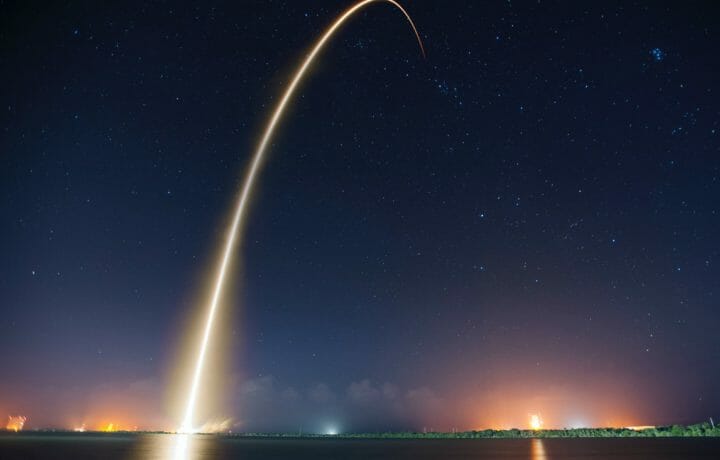As the Falcon 9 rocket shot into orbit on Saturday, the news took a minutes-long hold to deliver a single message: in space, the United States was back. In many ways, the launch couldn’t have come at a better time–America needed an image of strength.
United States Back in Space
But the imagery wasn’t necessarily what the launch was about. Many within NASA would say that the return didn’t come soon enough. As the Space Shuttle program drew to a close last decade, NASA’s limited budget juggled crewless research missions with manned spaceflight. The solution? Instead of their resources used in the research, development, and building of spaceships, they would contract with able providers for ISS missions and beyond. But when the shuttle landed for the final time, American space companies like SpaceX and Boeing were still years away. In the meantime, NASA paid Russia upwards of 85 million dollars per seat on their Soyuz craft. With SpaceX’s largely reusable rockets, the return to Cape Canaveral makes as much sense financially as it does perceptually.
But while the most recent launch will only go as far as the International Space Station’s low earth orbit, it is the first step of future American programs that will go far beyond our world. The Artemis program, signed into law in 2017, seeks to put the “first woman and the next man” on the moon by 2024. Although NASA itself has been heavily involved in the development of the lunar craft necessary, it also plans to continue to contract with commercial companies to develop stations on the moon and in lunar orbit.
Private Exploration Makes Headway
Companies like SpaceX also have the freedom to set goals beyond what is authorized by Congress. CEO Elon Musk has been vocal about the company’s mission to send humans to Mars, and their first crewed flight is only the beginning of a growing space economy. Previously, only government agencies have sent humans to space, but as demand for satellites grows with our capability to safely send humans to space, private exploration is making headway. Civilian trips to space are no longer a muse for the future; they’re a growing business.
The Need for Space Force
This democratization of sorts also heightens the need for security, both of private assets and of space systems that support our way of life. The Space Force is the United States’ answer to this need for protection. Throughout May, the newest branch of the military accepted applications to serve and will continue to transport other soldiers, sailors, and Marines in the coming years.
As a result, there is a growing demand for the services and technical expertise that will allow these programs to venture into the cosmos. Saturday’s return to spaceflight was long overdue, but its follow up will be something perhaps as exciting as the space race fifty years ago.




